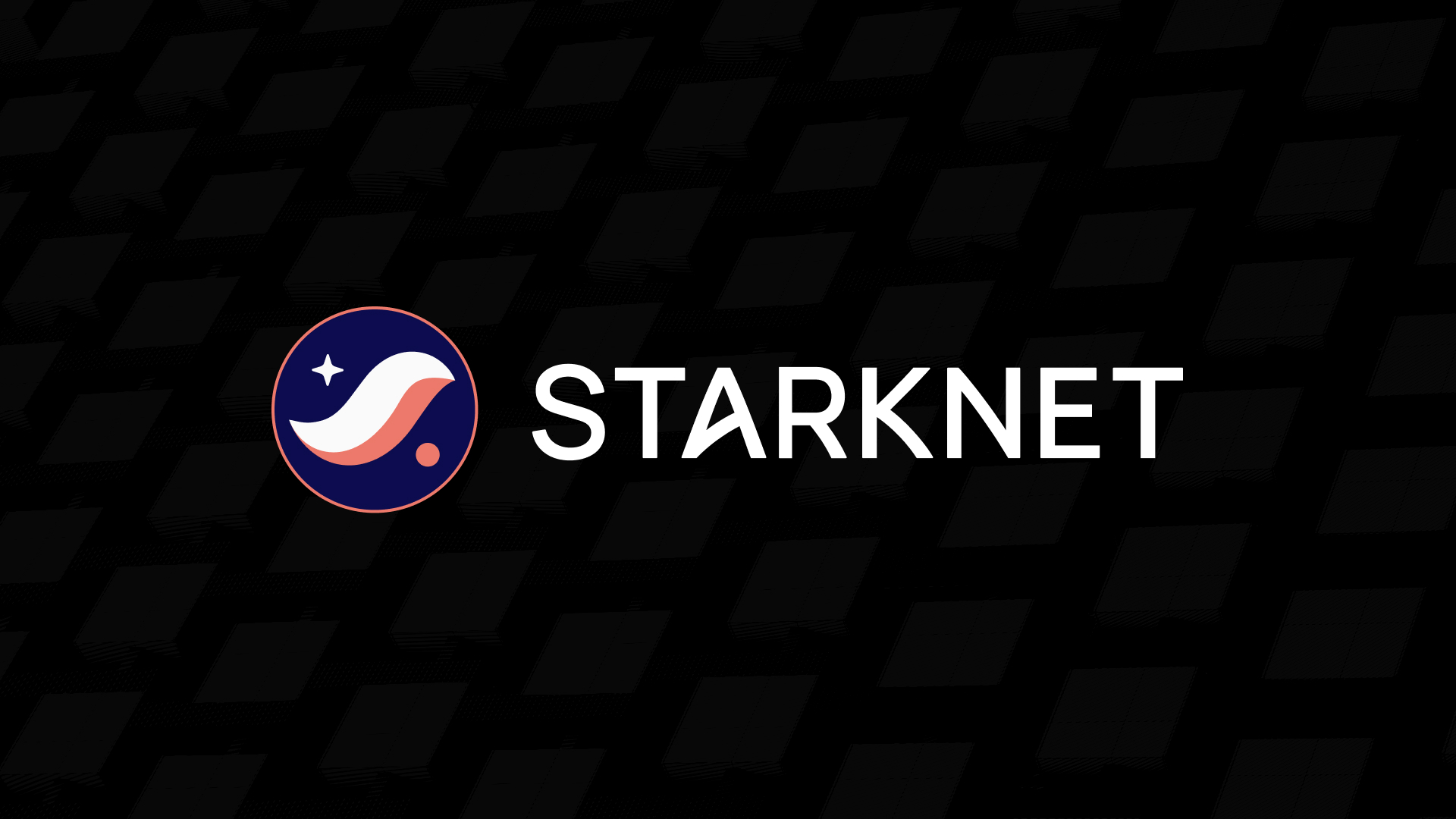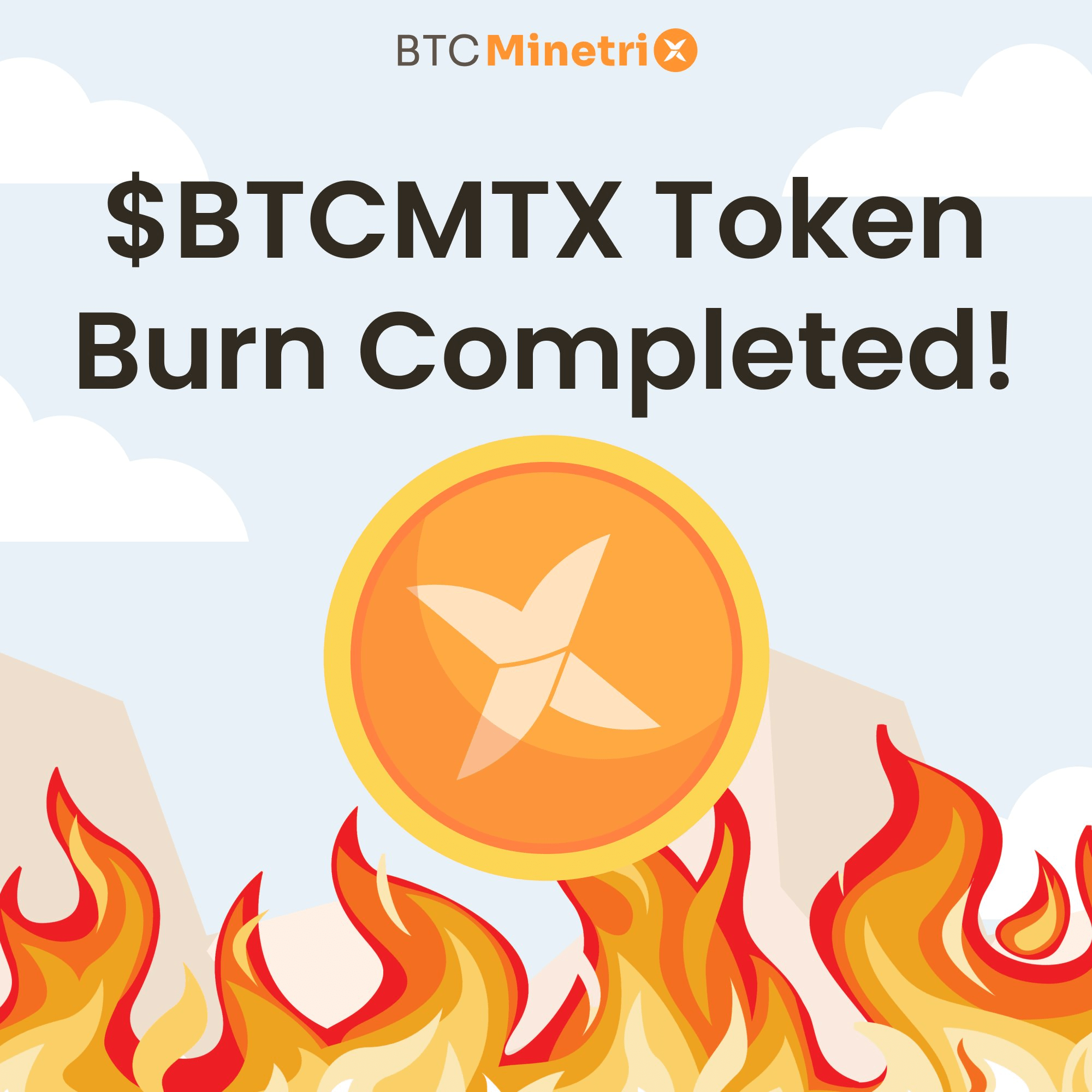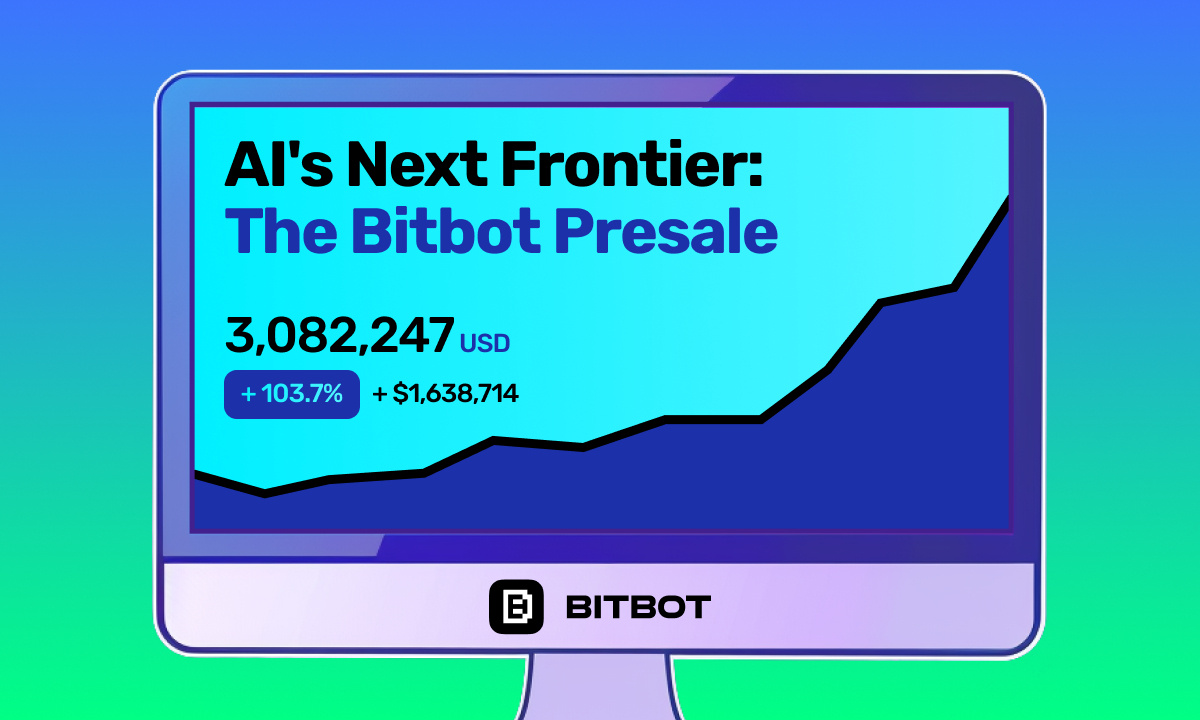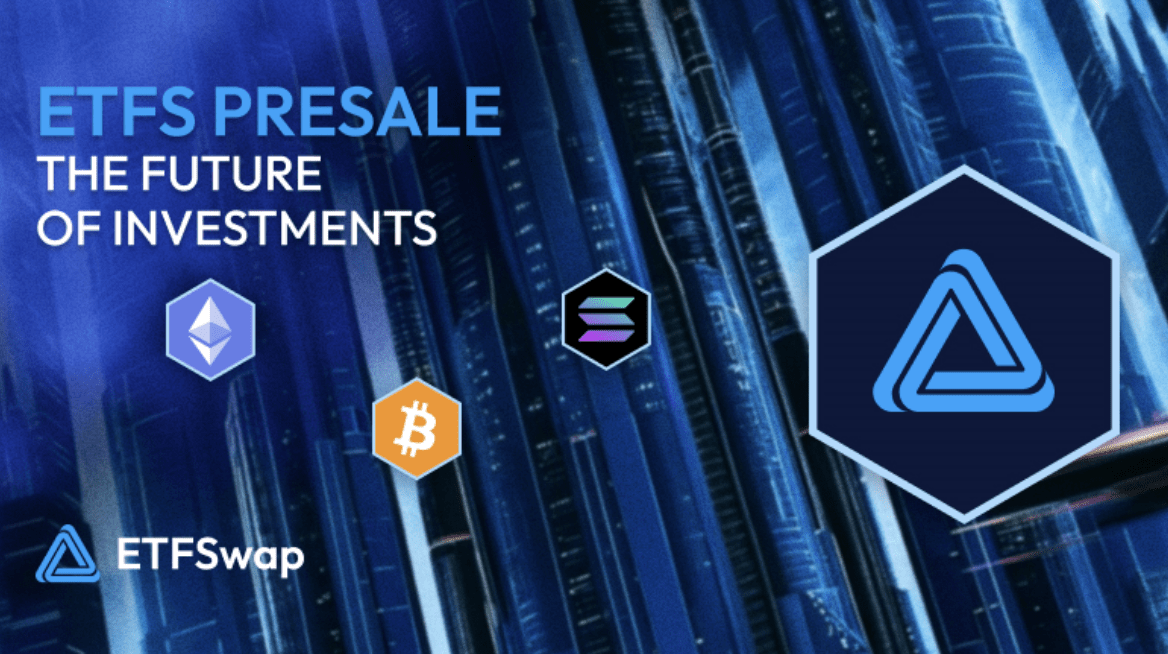, an Ethereum Layer 2, has disclosed the initiation of "appchains," a framework designed to enable developers to construct several application-specific blockchains within the .
The innovative project is in alignment with the growing trend of modular networks in the Layer 2 ecosystem, spearheaded by projects like , , , and .
A New Era For Application-Specific Chains
Developers can harness Starknet Stack, the native developer toolkit of Starknet's ecosystem, to create these appchains, using STARK proofs to boost security. Central to this toolkit is , a programming language developed by the team, bearing similarities to Rust.
In a recent , Starknet revealed that the use of appchains could offer developers an enhanced performance, a claim further supported by Starknet's recent v0.12.0 upgrade on the mainnet, which reportedly amplified network performance.
Advancing Customization For Devs
A unique aspect of appchains lies in their capability to support features currently not present on Starknet's main network. This includes features like custom fee market logic and consernsus mechanisms, among others. This flexibility can potentially grant developers the ability to customize their application's configurations and functionalities, thus offering a greater degree of control over their projects.
"Starknet Appchains are the bespoke environment where applications can tailor an instance of Starknet to achieve better control over the specs, lower cost, greater scale, and opt-in privacy," the firm shared.
The team underscored the escalating interest in application-specific blockchains, tailored to meet customized requirements. They stated:
"The need for appchains has been apparent for several years and is now getting renewed attention."
Starknet's introduction of appchains represents a significant milestone in the blockchain landscape, enhancing developers' capacity for customization, and making the ecosystem more versatile and adaptable to specific application requirements. Such a move signals a key step towards a more decerntralized, diversified, and performance-oriented blockchain environment.
Investment Disclaimer















